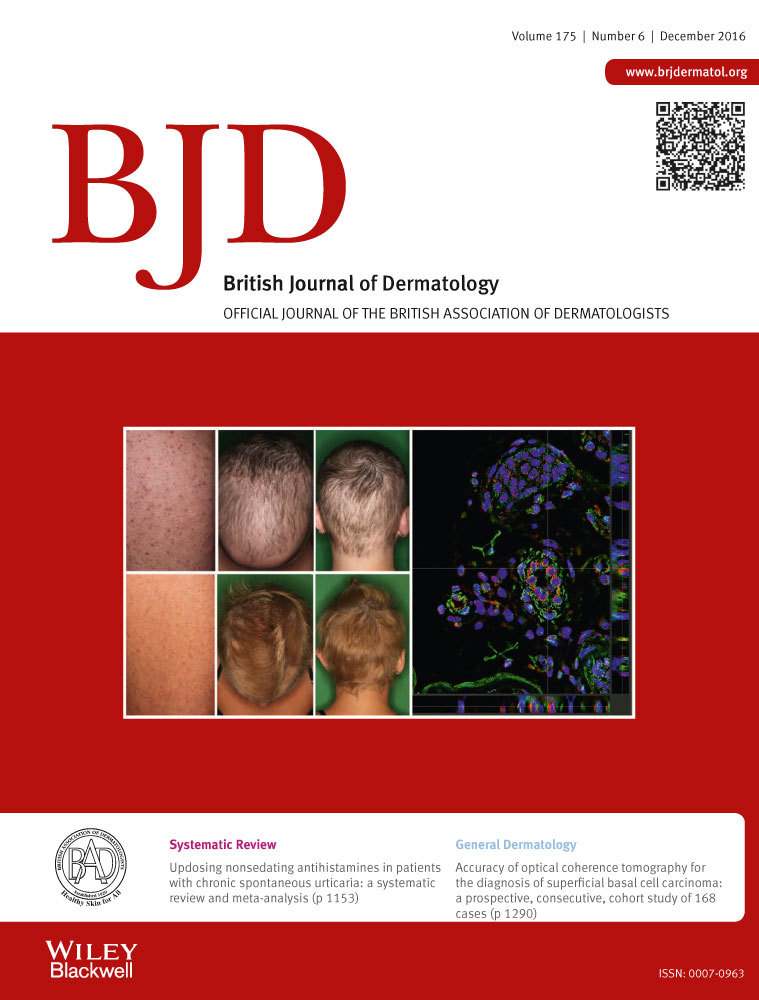Identification of LCK mutation in a family with atypical epidermodysplasia verruciformis with T-cell defects and virus-induced squamous cell carcinoma
Funding sources:
This study was funded by the National Natural Science Foundation of China (no. 81472863, no. 81271744, no. 81372170 and no. 81402261).
Conflicts of interest:
None declared.
Summary
Background
Inherited epidermodysplasia verruciformis (EV) is a rare skin disorder characterized by susceptibility to specific types of human papilloma virus (HPV) and is strongly associated with skin carcinomas. Inactivating mutations in EVER1/EVER2 account for most cases of EV. However, more phenotypes related to but distinct from EV have been reported with an immunodeficiency state but without EVER1/EVER2 mutation, and the genetic basis for these atypical EV cases is poorly understood.
Objectives
To identify the causative gene responsible for three siblings affected by atypical EV but without EVER1/EVER2 mutation.
Methods
Whole-exome sequencing followed by Sanger sequencing was performed to identify the gene responsible for the patients with atypical EV enrolled in our study.
Results
A homozygous splicing mutation was detected in LCK (c.188-2A>G). This mutation resulted in an exon 3 deletion T lymphocyte-specific protein tyrosine kinase isoform, which further led to frameshift mutation and subsequent mRNA decay.
Conclusions
We demonstrate a novel mutation in LCK in a family affected by atypical EV with T-cell defects, HPV infection and virus-induced malignancy, providing new clues in the understanding of host defences against HPV and better genetic counselling of patients with the EV phenotype.




